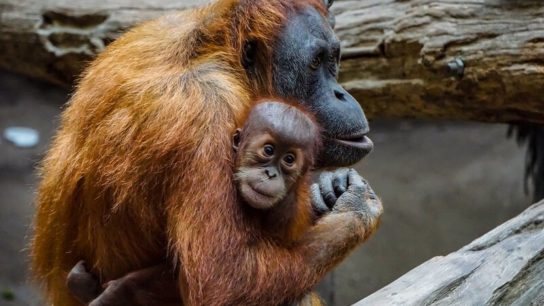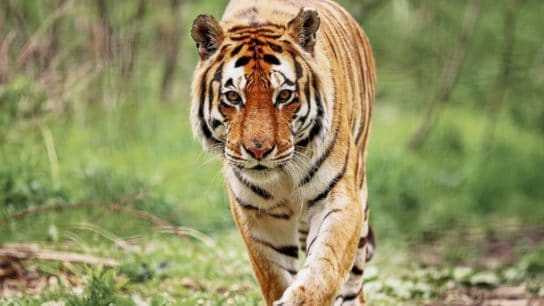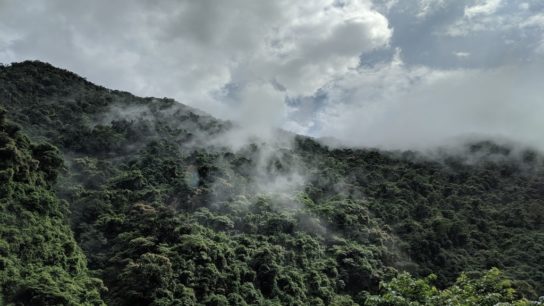Since 1964, the International Union for Conservation of Nature’s (IUCN) Red List of Threatened Species has become the leading source for biodiversity information globally, providing a wealth of data on species conservation status, threats and decline, and needed action. In 2021, the IUCN introduced a new initiative – the Green Status of Species – to consider the impact of conservation actions and encourage efforts to reach beyond preventing extinction for more ambitious species recovery goals.
—
The International Union for Conservation of Nature’s (IUCN) Red List of Threatened Species is much more than just a list. It is a powerful tool that provides details of extinction risk, ecology, distribution, threats, and ongoing and needed conservation actions for hundreds of thousands of animal, plant, and fungi species globally.
As of the latest update, over 163,000 species have been assessed. Of these, over 45,300 (27.8%) are listed as Vulnerable, Endangered, or Critically Endangered and thus considered threatened with extinction – including 41% of all amphibians, 37% of sharks and rays, 36% of reef building corals, 34% of conifers, 26% of mammals and 12% of birds.
You might also like: Sixth Mass Extinction of Wildlife Accelerating: Study

The Red List Index is used as an indicator in several international conservation initiatives, including the Convention on Biological Diversity’s Global Biodiversity Framework, the UN Sustainable Development Goals (SDG 15: Life on Land), the Convention on Migratory Species, and several other biodiversity-focused agreements. Assessments follow a rigorous scientific standard to ensure that the best and most up-to-date information is being used to inform future conservation action. Many nations also refer to the Red List when planning conservation actions and in the creation of National Red Lists.
The Green Status of Species
In 2021, the IUCN launched the Green Status of Species, a new part of Red List assessments that helps tell “a species’ full conservation story.”
First, the Green Status of Species measures the extent of species recovery by considering three key aspects:
- Is the species present throughout its entire historical range?
- Is it viable (not threatened with extinction)?
- Is it performing its ecological role in the ecosystem?

In addition to quantifying species recovery, the Green Status of Species also seeks to recognize the success of past conservation actions, highlight the importance of continuing action, and help set ambitious short and long-term conservation goals. These are measured through the Conservation Impact Metrics:
- Conservation Legacy: What is the status of a species currently compared to an alternative scenario where no previous conservation actions (protected areas, legislative protections, etc.) has taken place.
- Conservation Gain: How can the recovery status of the species improve in the next ten years considering all currently planned and funded conservation to be implemented.
- Conservation Dependence: How would the recovery status of a species change in the next ten years if all currently implemented conservation was ceased.
- Recovery Potential: Considering all feasible conservation actions that could be implemented in the next 100 years in an ideal scenario, what could the recovery status of a species be a century from now.

The Conservation Impact Metrics will help to better inform future conservation actions by shedding light on which past actions have contributed most to species recovery. As biodiversity contributes greatly to maintaining the ecosystem services – nature’s contributions to people – that billions rely upon for clean water, food, and natural hazard protection, the IUCN hopes to encourage conservationists to think beyond preventing extinction and move towards ensuring species populations reach abundant and ecologically functional sizes.
You might also like: What Are the Consequences of Biodiversity Loss?
This story is funded by readers like you
Our non-profit newsroom provides climate coverage free of charge and advertising. Your one-off or monthly donations play a crucial role in supporting our operations, expanding our reach, and maintaining our editorial independence.
About EO | Mission Statement | Impact & Reach | Write for us














